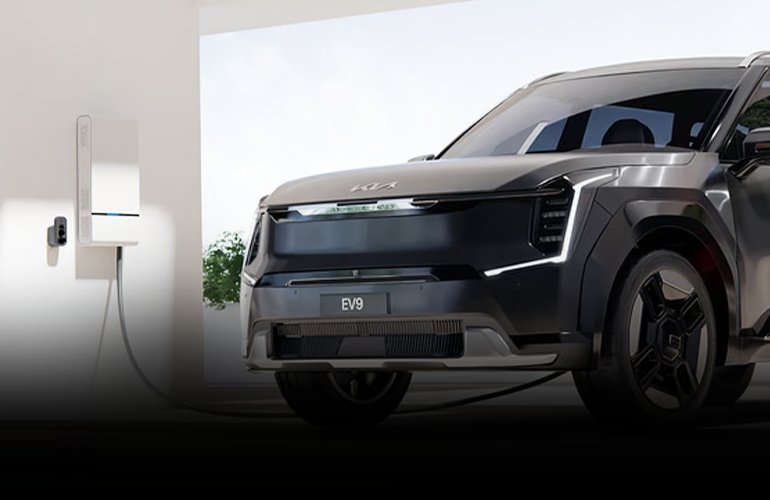Wallbox Expands Bidirectional EV Charging Pilot in California and Connecticut
Wallbox, a leading name in EV charging solutions, just took a big step forward with its bidirectional charging technology. Following the recent installation of North America’s first Wallbox Quasar 2 bidirectional charger, the company has launched a pilot program for 180 homes in California and Connecticut. Kia EV9 owners in these states can now test vehicle-to-grid (V2G) capabilities, turning their EVs into backup power sources during outages.
Why Bidirectional Charging Matters for Solar Pros
You might wonder: Why should solar installers care about EVs? Simple—bidirectional charging bridges solar and storage. Imagine pairing a home solar array with a Kia EV9. During the day, solar panels feed the house and charge the car. At night, the car sends stored energy back to the grid or powers the home. It’s like having a Tesla Powerwall on wheels, but with way more capacity.
How the Pilot Works
Wallbox’s Quasar 2 charger connects to a virtual power plant (VPP) platform, letting participants earn credits for supplying energy during peak demand. The setup requires solar panels, a compatible inverter (think Fronius or SolarEdge), and enrollment in a utility demand-response program. California’s NEM 3.0 rules make this especially appealing—EV owners can offset lower solar export rates by selling power when it’s needed most.
Challenges? Sure, But They’re Fixable
Early adopters might hit snags: charger compatibility issues, complex utility approvals, or hesitant homeowners. Yet, as Tesla proved with its Powerwall, standardization follows demand. Connecticut’s Eversource and California’s PG&E already back V2G pilots, smoothing regulatory hurdles.
The Bigger Picture: Grid Resilience
Blackouts from wildfires or storms? Bidirectional EVs can keep lights on for days. A single Kia EV9 holds roughly 100 kWh—enough to run a fridge, router, and medical devices for a week. That’s not just convenient; it’s a game-changer for disaster-prone areas.
What’s Next?
If this pilot mirrors Wallbox’s European success, expect wider rolls by 2026. Solar installers should prep by studying V2G-compatible inverters and local incentive programs. Because here’s the truth: EVs aren’t just cars anymore. They’re mobile grid assets—and that’s a market worth watching.






